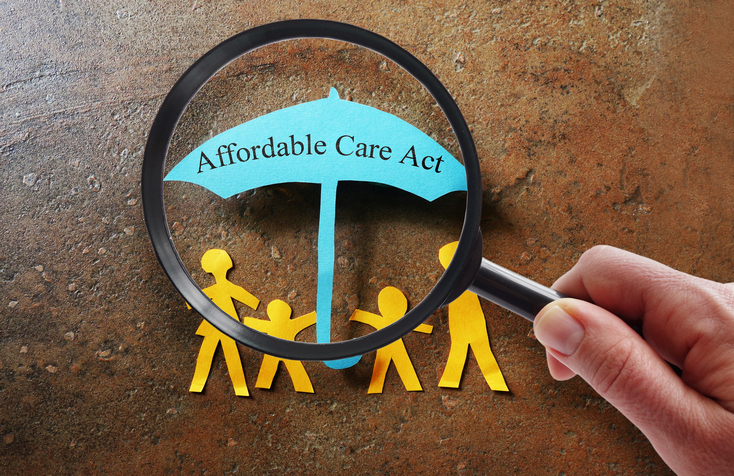Dr. Jeffrey Parks is a board certified general surgeon working in Cleveland who writes regularly at Buckeye Surgeon.
More from The Buckeye Surgeon
Great article from the NY Times over the weekend that challenges some of the conventional wisdom stemming from the Dartmouth Atlas data; i.e. that some hospitals spend twice as much on health care as others without seeing any significant benefit in outcomes. In probably the most famous health care essay of 2009, Atul Gawande used the Dartmouth data (along with a weekend junket spent eating spicy chili and chicken wings with doctors in McAllen, TX) as a springboard to jump to the conclusion that this discrepancy in spending is a function of the fact that there are some places in America where doctors and hospitals are greedy profit whores who will order needless tests and perform unnecessary procedures all for the sake of MONEY.
The good folks at UCLA Medical Center were one of the hospital systems targeted by Peter Orszag et al as a shining example of the culture of waste and greed that afflicts American health care delivery. And they didn’t appreciate the implied censure so much. So they did some research of their own, specifically on those patients with advanced heart failure. What they found is that when you include all patients in the study, not just those who ended up dying, then mortality rates are lower in those California teaching hospitals where resource expenditures are higher. Furthermore, other research has demonstrated that a hospital system’s costs are intimately associated with the socioeconomic distribution of its patient population (i.e. lily white Rochester MN provides the Mayo Clinic with a healthier cohort of patients, hence costs are going to be lower than a place like McAllen with its high incidence of obesity, hyperlipidemia, and atherosclerosis.)

With the Rise of AI, What IP Disputes in Healthcare Are Likely to Emerge?
Munck Wilson Mandala Partner Greg Howison shared his perspective on some of the legal ramifications around AI, IP, connected devices and the data they generate, in response to emailed questions.
The bottom line is that there is no black and white solution to the cost conundrum. Sometimes it’s in society’s best interest to spend as much as possible on certain patients (let’s arbitrarily say ages 30-55) who are not only salvaged, but returned to society as functional entities with aggressive, invasive modern medical intervention. Sometimes, cost depends on the kinds of patients a hospital services. Sometimes it all depends on how data is construed and interpreted.
But it would be a disservice to places like UCLA to simply aver that all our cost problems can be solved if only everyone would “start acting more like Mayo and the Cleveland Clinic”. It’s far more complex than that. End of life care is a not just an economic issue, it’s a moral one. And it’s not clear that we as a society are willing or able to start wading into the murky waters of such a moral interrogation. It’s far easier to go with the talking point zinger (be more like Mayo!) than to start delving into the hard questions and decisions about terminal care and rationing and the notion of identity/social worth in futile cases.













